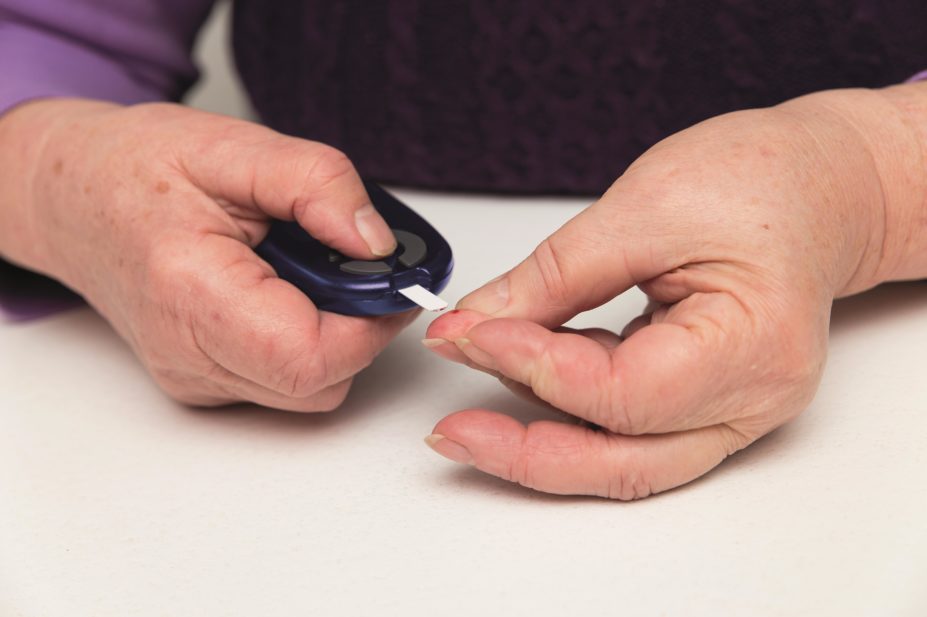
Shutterstock.com
The use of statins increases the risk of developing type 2 diabetes by 46%, even after adjusting for confounding factors, according to a study published in Diabetologia
[1]
on 4 March 2015.
Researchers from the Institute of Clinical Medicine in University of Eastern Finland in Kuopio followed 8,749 non-diabetic participants, all white men aged 45–73 years, who were part of the population-based METSIM (Metabolic Syndrome in Men) study. After 5.9 years, the researchers had diagnosed new diabetes in 625 men.
When the results were adjusted for a number of factors, including body mass index, waist circumference, physical activity, family history of diabetes and beta-blocker and diuretic treatment, the patients treated with statins (n=2,142) were 46% more likely to develop diabetes (adjusted hazard ratio 1.46, 95% confidence interval 1.22–1.74).
The study found that statin therapy was associated with a worsening of hyperglycaemia, especially 2 h plasma glucose. The researchers noted a 24% decrease in insulin sensitivity and a 12% decrease in insulin secretion among individuals on statin treatment (P<0.01).
“Statin treatment increased the risk of type 2 diabetes by 46%, attributable to decreases in insulin sensitivity and insulin secretion,” the researchers conclude.
The team, led by Markku Laakso, also found the increased risk of developing diabetes was dose-dependent for simvastatin and atorvastatin, with treatment significantly increasing fasting plasma glucose. After adjustment for all confounders, high-dose simvastatin was linked to a 44% increased risk of developing diabetes, while the increased risk for low-dose simvastatin was 28% and for high-dose atorvastatin it was 37%.
Laakso and his co-authors noted that while at least one study[2]
has shown that pravastatin treatment decreased the risk of diabetes by 30%, other research has shown treatment with other statins slightly increased the risk of type 2 diabetes. Pooled data from 13 trials suggested a 9% increased risk of diabetes associated with statin treatment, while earlier population-based studies reported anywhere between a 10% to 22% increased risk.
Statins have been shown to be effective in the prevention of cardiovascular disease. The authors acknowledge “limitations” in previous studies about the impact of statin treatment on diabetes and say that since study populations in statin trials often included participants at high risk of cardiovascular disease, “the risk of diabetes in clinical trials is likely to differ from that in the general population”. The researchers added that in many previous studies, diabetes diagnoses had been based on self-reporting or fasting glucose measurement, rather than current diagnostic criteria, which includes fasting glucose, an oral glucose tolerance test or HbA1c.
Several experts say the study failed to provide complete information about the two groups of participants it compared, raising as many questions as it answered.
“This study suggests an increase in type 2 risk that is higher than we previously thought. However, the approach taken in this study means that its findings are probably overstated,” said Alasdair Rankin, director of research at Diabetes UK in a statement.
Other experts, commenting in a Science Media Centre Roundup statement, were also sceptical about the findings, with several noting both a lack of uniformity in the comparison groups used in the study and the fact that the headline 46% figure focused on relative, rather than absolute risk.
“This research adds little to our current knowledge and should not be used by patients to decide whether they should take, or continue to take, a statin,” said Stephen Evans, professor of pharmacoepidemiology at the London School of Hygiene & Tropical Medicine, noting that the study compared participants who were taking a statin at the beginning of the observation period with those who were not.
“The users of statins were generally at higher risk of heart disease and differed in a number of ways, probably including several ways that were not measured (no direct dietary measurements are reported),” he adds.
Naveed Sattar, professor of metabolic medicine at the University of Glasgow, said: “This is an interesting study that broadly supports what we already understand — namely that statins are associated with a slightly raised risk of diabetes.”
“However, one must be careful to suggest this study is more meaningful or more accurate in estimating magnitude of risk than the data from the clinical trials since here the data are observational in nature, which means important biases — e.g. why do some patients get statins and others did not? — are simply impossible to ever fully account for.”
References
[1] Cederberg H, StanÄáková A, Yaluri N et al. Increased risk of diabetes with statin treatment is associated with impaired insulin sensitivity and insulin secretion: a 6-year follow-up study of the METSIM cohort. Diabetologia 2015. doi:10.1007/s00125-015-3528-5.
[2] Freeman DJ, Norrie J, Sattar N et al. Pravastatin and the development of diabetes mellitus: evidence for a protective treatment effect in the West of Scotland Coronary Prevention Study. Circulation 2001;103(3):357-362.


